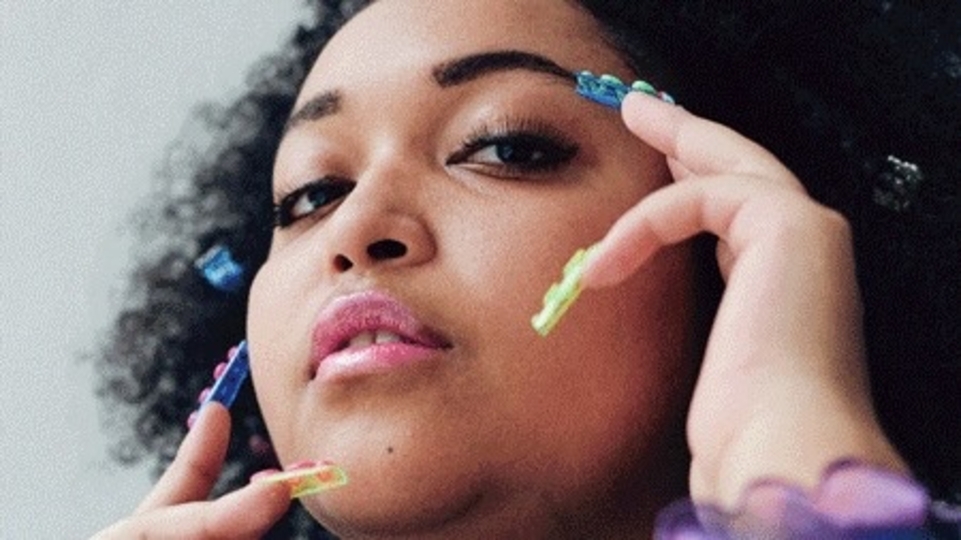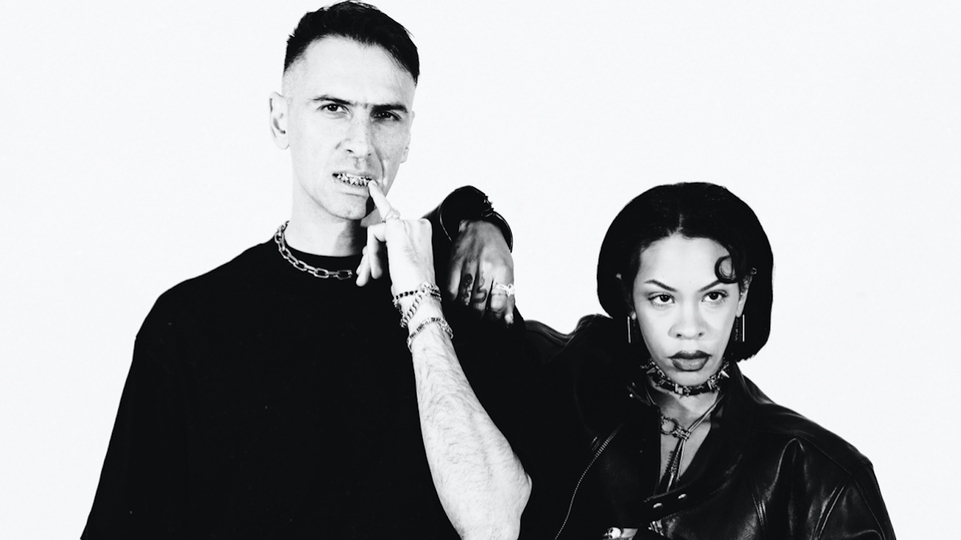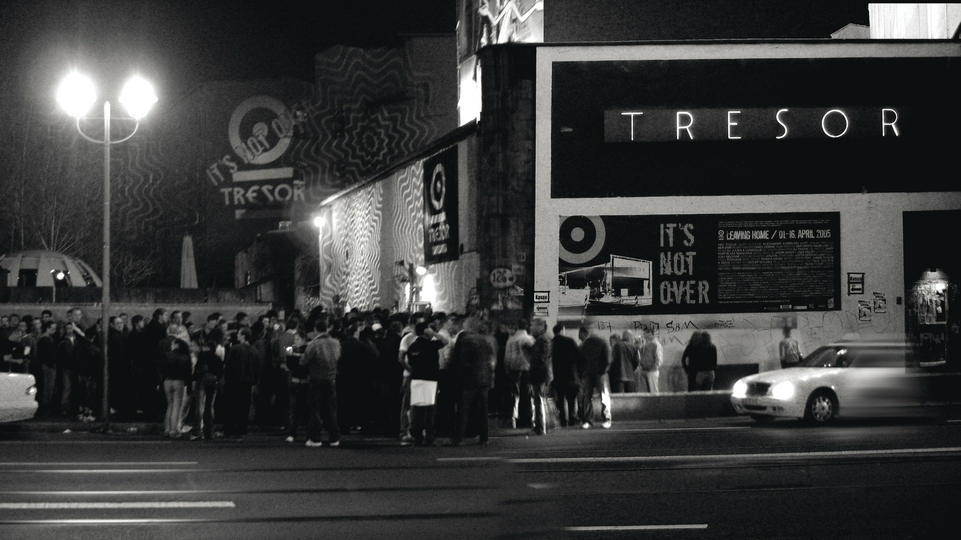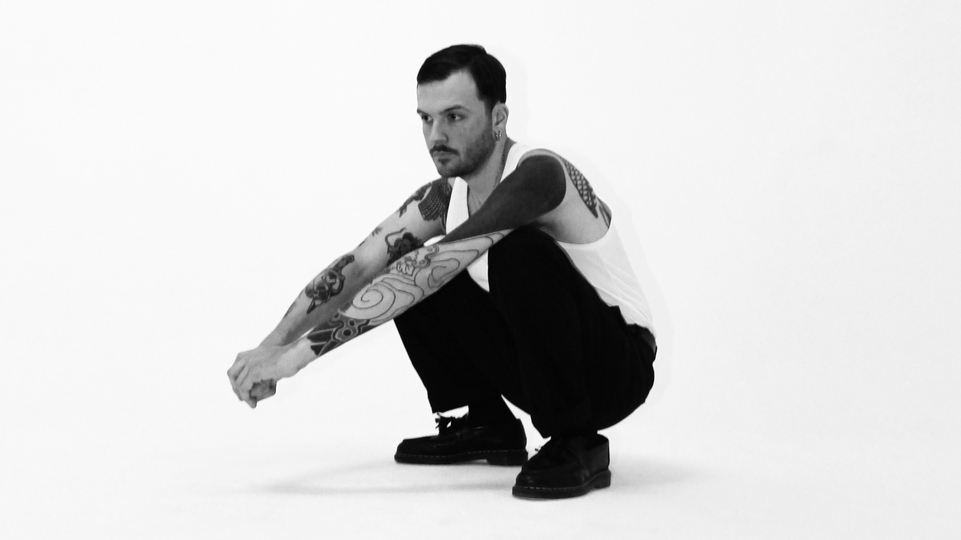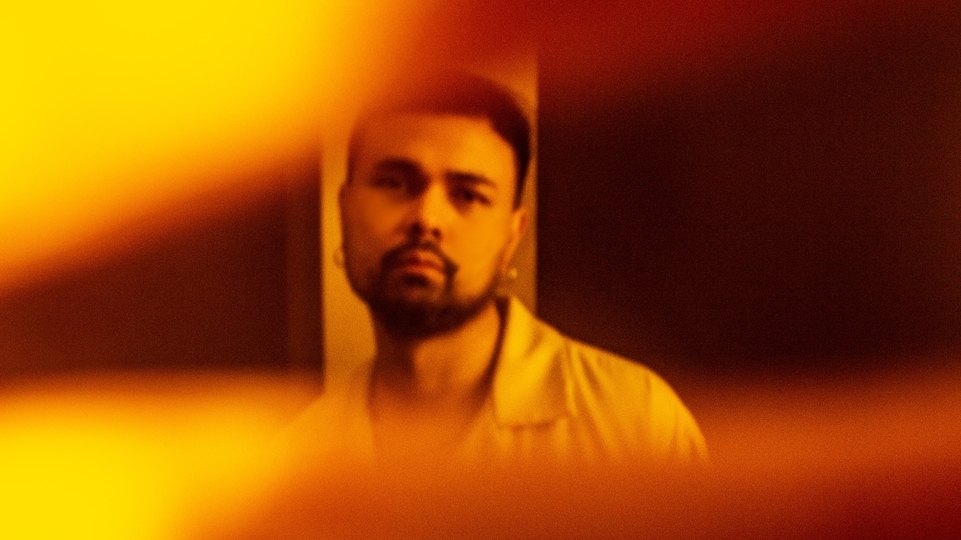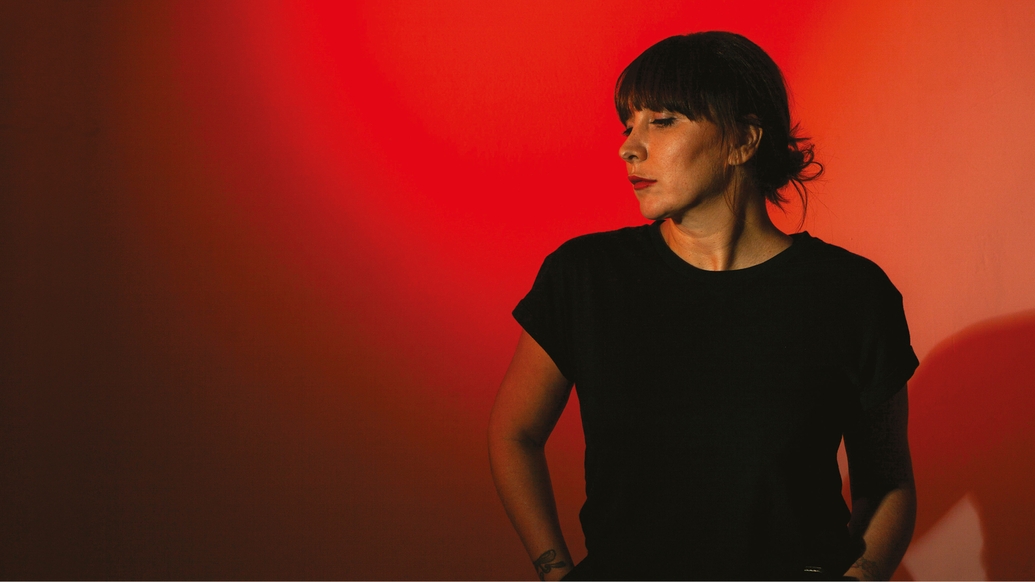
Bloody Mary: Keeping the fire burning
Berlin-based DJ, producer, and label boss Bloody Mary started her wax-led imprint long before the vinyl revival, and 10 years later it’s still going strong. She tells DJ Mag about her burning passion for music
“Back in time when I was a teenager, the rave spirit was everywhere,” reminisces Bloody Mary. We’re talking about the mid ’90s in the south of France, a time when big soundsystems were taking over Montpellier and nearby landscapes, and illegal raves were thriving. It was her first experience of the party scene, long before she’d entered a club.
“I started collecting records when I started going out,” she says. “We were lucky that there were so many record shops [in the south of France]. I was going out on the weekend, and after [the parties] I was digging in the record shops, to try to find the sound and the memory of the party. That’s why I have this real love for records.” She bought plenty of the classics in her collection long before Discogs started, and she still plays many of them in her sets: “I was just buying records, playing a lot at home, and experimenting with this passion.”
Initially, a career as a DJ had never crossed her mind, but there were people listening to her play out in this early period. When a new club opened in her hometown, in the region of Aix-en-Provence — the now defunct Studio 88 — she was approached to be one of the first four resident DJs.
“For me, it was the best DJ school,” she laughs. “It’s amazing, because it made me what I am today. First, you learn how to open a room, which in my opinion is the most difficult thing because you [have to] bring the vibe to the party. The capacity of Studio 88 was 1,000 or 1,500 people, so it was a big club, you know? It was challenging, all the time, and it was a beautiful thing to start with an empty room and to give the turntables over to the headliner. And all of the records I bought a long time ago? — I think it was really important as a resident that you needed a proper collection, especially in the early ’00s when there was no digital.”
VERSATILITY
Although now we exist in an industry where CDJs are more commonplace than turntables, back then it was imperative to learn the art of vinyl DJing. A versatile record bag was essential — one that could take you in different directions, especially in a warm-up scenario. When she started her collection, she bought many genres; from rock, EBM and new wave, to disco and Italo-disco, not just the house and techno that she’s become known for in recent years.
“I don’t listen to the radio at home, I listen to records... it’s always been like this,” she says. “It’s really important to show how much you can be versatile when you open a room. Because you can start really slow, you can play all different types of music... you can go with the BPM to crescendo, and you can start with some deep ambient and finish on techno, and that’s the beauty of it.”
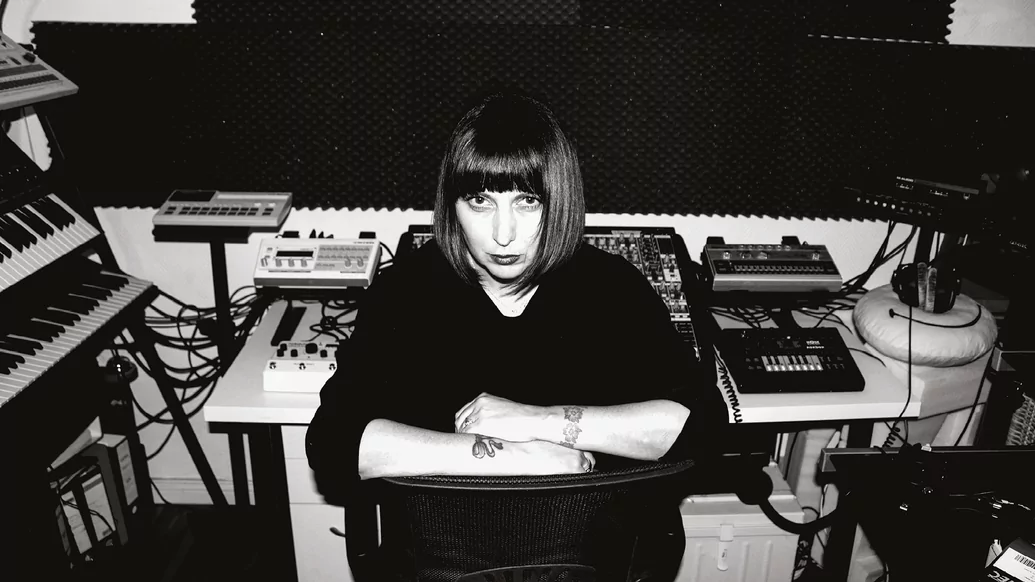

“Before, you had to arrive with a big flight case of bombs, and you had to show you could play with two turntables. So it was about the quality”
Her time at Studio 88 saw her play alongside diverse bookings, especially artists that were coming through from Berlin. After organising a trip to Berlin trip for a weekend that everyone was talking about — the opening of Berghain and Panorama Bar — it felt like a natural decision to relocate.
“I arrived there and I fell really in love with the city,” she says. “When you come from the south of France and you arrive in Berlin in 2004 — already the city was really beautiful. It was December, so there was snow everywhere, it was super quiet, there were all these old buildings and it was just beautiful. I fell in love.”
Six months later, she found an apartment. “I was young, you know, and I said, ‘OK, let’s try it, and it will be great’. There wasn’t any pressure, as I had my residency when I moved here, and I kept it. So I thought, ‘If I come to Berlin and I know a few people, then maybe I can start playing here, too’. I can have enough money to survive. And that’s what happened.”
Another six months later, things happened quickly; she began playing clubs like Watergate, and had regular gigs throughout Germany and other European cities. “It was really more about the quality as a DJ,” she says, of her early touring days. “Now you can be a DJ with a USB key, who downloads your music the night before and pretend you have a big knowledge and a big record collection — but before that? You couldn’t arrive like this. Before, you had to arrive with a big flight case of bombs, and you had to show you could play with two turntables. The market has changed so much,” she continues. “I’m really happy I started like this, and I don’t regret anything. It’s perfect like this,” she laughs.
ACID
Nowadays, Bloody Mary is as well known for her productions as her DJ sets. The hardware-led sounds of house, techno, and acid feature prominently in her discography, from ‘Experience 1-3’ on Ovum in 2017-2018, to remixing the classics; C’hantal ‘The Realm’ from 1990 for Missile, and Phuture’s ‘Acid Tracks’ from 1987 for DJ Pierre’s ‘Afro Acid’.
“It took me years to have the studio of my dreams,” she says. “To buy gear and have a proper room where I can... work by myself, it’s really important.” The money that she earned from DJing went straight back into her work, collecting drum machines like the Roland TR-606 and the TR-909, and her treasured Mode Machines x0xb0x for 303-style acid basslines. “For me, making acid is relaxing. Whenever I listen to acid, it makes me happy,” she laughs. Her sound has come a long way since her 2009 debut album ‘Black Pearl’, released on Jay Haze’s label Contexterrior. It’s an eclectic body of work, merging influences from Detroit techno to classical.
“When I started producing, I was using a lot of feeling. It was really about what was happening in my life, so my music was more melancholic, and I was playing a lot more with the synth. I got a bit lost in it, because sometimes I put too much emotion into it, and it wasn’t good for me. So I said, ‘OK, stop doing things like that and just think about the music that makes you happy. Don’t try to make a story. Just go to the studio, jam, and have fun.’”
This is the ethos that she’s put into her records over recent years — tracks that started as jams becoming peak-time dancefloor moments. Not long after releasing her first album, Jay Haze decided to take a step back from the industry and move away from Europe, and closed the Contexterrior label. “I was ready to make so much music, I was already focused as a producer. With Jay Haze, it was amazing to work with him, because I learnt a lot about how to run a label,” she says.
In the summer of 2010, Bloody Mary launched her own imprint, Dame-Music. “It was a really bad time for starting a vinyl label because digital became so big, it was a catastrophe for the sale of records,” Marjorie admits. But as a collector and DJ, she was adamant about producing records that she could play in her sets, and having a physical copy that she could keep forever.
“I struggled the first few years because it was really hard, and social media was not as strong as it is now. You really had to fight to sell your records. But I still have the label and it’s working very well,” she says, humbly.
BIG PLANS
Bloody Mary is being modest; Dame-Music is about to celebrate its 10th anniversary next year, and has become a home for her own productions and concepts like Melting Point, a series featuring other respected artists like Josh Wink, Boo Williams, and The Analogue Cops. ‘Volume 3’, the latest in the series, features tracks by Thomas P. Heckmann and Splice (one half of Skudge) alongside her own work. Next year she has big plans, as well as revealing a new collaboration with Barcelona-based Cardopusher.
“It’s the birthday, so I wanted to show some different versatility in the studio and with producers that I respect. I had a talk a few months ago with Cardopusher, because he’s one of my favourite producers from EBM, and one of the current artists I play. The EP sound is a bomb!” she enthuses. “You have the flavour of both — it’s amazing to do a collaboration.”
Dame-Music label nights will also make a comeback next year. When they started in 2004, with a project with Attan under the name The Jaydes, it was her first experience of playing live. These days, her energy and enthusiasm for performance is channelled into her own live show, which debuted at Berlin club Tresor in September. “The preparation took years, if you think about it,” Marjorie says. “When you produce music you’re in the studio every day. What took time is releasing enough music to have a quality live show.”
Bloody Mary has had a longstanding relationship with Tresor since her early years in Berlin. “I’m not a resident there, but I play there often, so it’s a club where I feel comfortable and confident. Where I know the booth. It was important to give my first live show to a club that I really respect. We have so much respect between each other. I want to keep the live show for special clubs and festivals.”
PREPARATION
While the live show is in its early days, her touring schedule has been forever consistent, playing regularly in Berlin, across Europe and earlier this year touring Australia, America, and Brazil. The preparation time that goes into these shows is extremely important to her.
“I try to cut my week into different parts, otherwise I am going crazy,” Marjorie says. “If I play Friday and Saturday coming back Sunday, I only really have four days left for production and DJing. I have this rule mostly that [record shopping] is on Thursdays. It’s the day I wake up, take a coffee and go out to dig for some records. The good thing about Berlin is, you can end up doing two or three record shops in the same day. I need to dig in my own collection, too. It takes a lot of time.”
Her routine is meticulous, but it shows the depth of her selections; knowing exactly where she’ll find the acid, techno, or broken beat packed into her flight-case every weekend. As well as long club sets, festivals have also become a prominent fixture in her tour schedule in recent years.
“All these daytime festivals are quite new to me,” she says. “It’s one-hour short sets, but an opportunity to play open air... it’s 5pm and the sun is shining. There’s a lot of new festivals. You can play differently from how you would in a dark room. You can put your own touch [on it], but you can also show a different side to you. I love it.”

Despite all of this travel, there’s still something uniquely special for Bloody Mary about playing in Berlin. This May, she played a protest rave powered by the locals, rallying to protect clubbing institutions such as Wilde Renate that risk closure, due to the planning permission of a new highway.
“I was really proud when they asked me to close the stage,” she says. “I’m not a Berliner, but I’m a Berliner in my heart now. I was really happy that they chose me to represent... that was a big moment this year. It was such a beautiful thing to see how much you can fight with the music.”
She says that the 15 years she’s lived in Berlin have flown by, and it’s still as captivating today as the day she arrived. “Whether you are playing Panorama Bar or Tresor, ://about blank or Renate, all the clubs that I’ve had the experience to play, it’s such a magical place. It’s always packed. Sometimes you get this feeling that it’s a ghost city, and then you arrive in the club and there’s 2,000 people on a Monday at 9am,” she laughs. “The music scene is really big here and I’m really happy, and after 15 years I’m not bored. I’m so happy to live here.”
Staying surrounded by the artists that inspire her, and working with many of them on her label, there’s a distinct fulfilment —and excitement — in the way Bloody Mary talks about her work. “Stay true to your art, and to yourself, until you have this fire inside you, and then nothing can stop you,” she says. There’s patience as well as passion, especially prominent in the fact that she’s stayed dedicated to building a label over 10 years, regardless of the landscape of the vinyl market; and right now it’s at its strongest yet.

